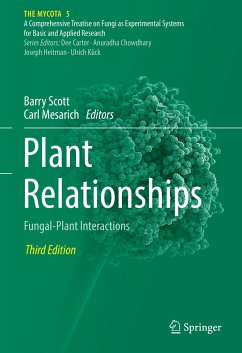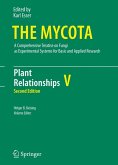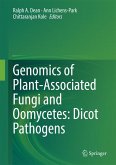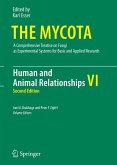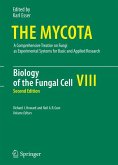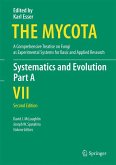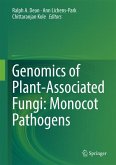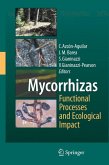World-leading scientists in the field provide authoritative insights into fungal-plant interactions covering the following main topics:
- Mutualistic and pathogenic fungal-plant interactions in natural and agricultural ecosystems
- Sensing and signalling in fungus-plant interactions
- Regulation of fungal gene expression and development
- Fungal genomes and evolution
- Global pandemics caused by fungal pathogens and their implications for food security
This volume will be of great interest to both specialists and generalists. It is an indispensable resource for researchers, lecturers and students in microbiology, mycology, and plant sciences, as well as agriculture and biotechnology.¿
Dieser Download kann aus rechtlichen Gründen nur mit Rechnungsadresse in A, B, BG, CY, CZ, D, DK, EW, E, FIN, F, GR, HR, H, IRL, I, LT, L, LR, M, NL, PL, P, R, S, SLO, SK ausgeliefert werden.

